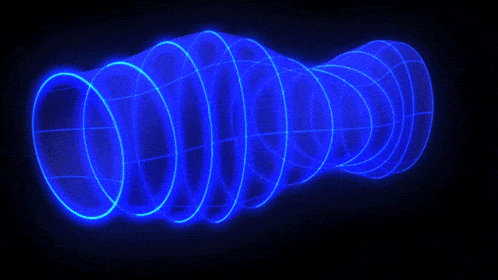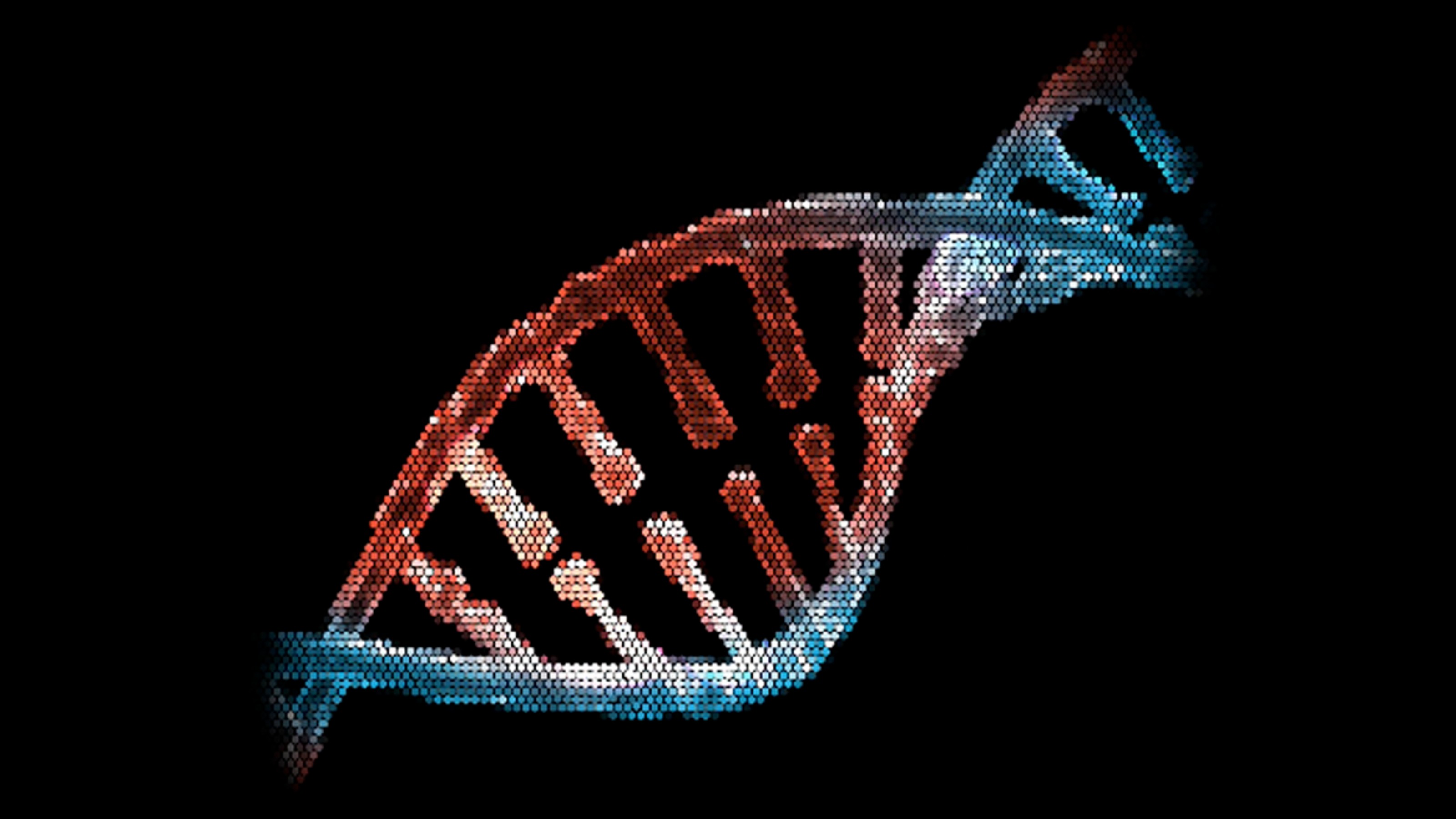Dark Matter, Alien Life Are Targets for World’s Largest Science Experiment

What’s the Latest Development?
In something of a political compromise, a decision has been made to divide the world’s largest science experiment, a network of radio telescopes called the Square Kilometer Array (SKA), between Australia and South Africa. Because of the array’s size–it will use 50,000 individual receivers woven together into a giant web–the radio telescopes will be 50-100 times more powerful that any radio telescopes currently in use. A signal processing technique known as interferometry will allow the individual telescopes to act as one virtual instrument with a size equal to the combined area of all the individual dishes.
What’s the Big Idea?
While the International Space Station and SpaceX’s Dragon capsule have dominated headlines lately, the SKA promises very substantial scientific discovery at a fraction of the cost–a priority in a time of tight space budgets. While $100 billion has been poured into the ISS, the SKA is estimated to cost under $5 billion. The telescope(s) will be tasked with exploring “the formation of the first stars and galaxies, the role of magnetism in the early cosmos, the nature of dark matter, dark energy and gravity, and whether intelligent life has ever existed anywhere besides Earth.”
Photo credit: Shutterstock.com





